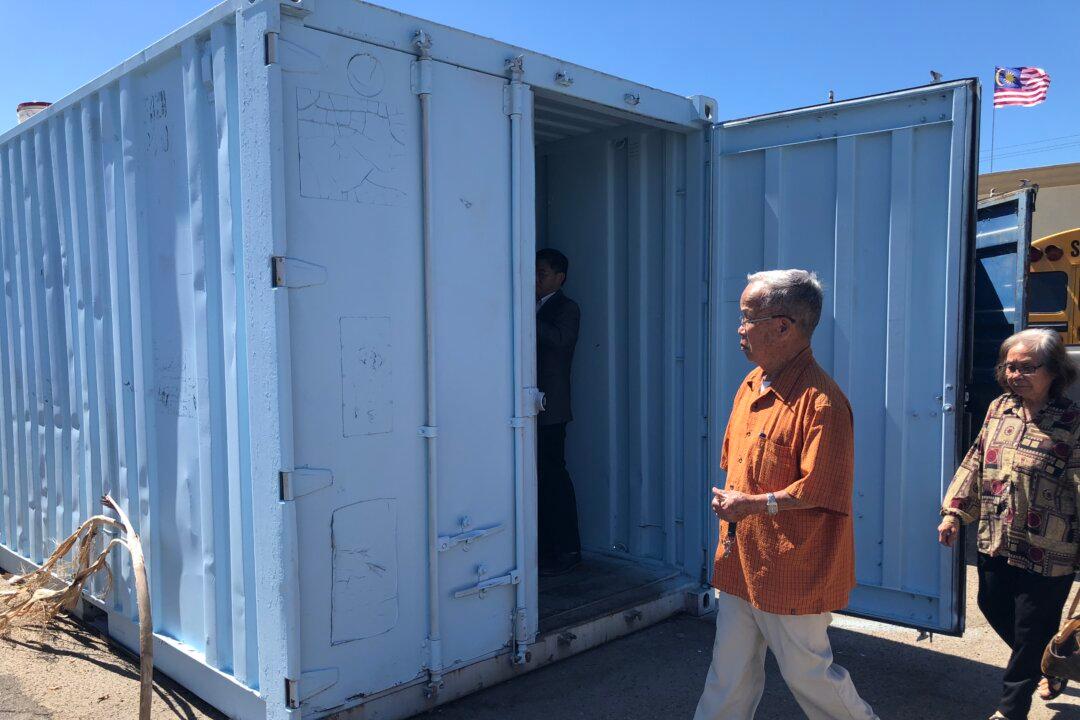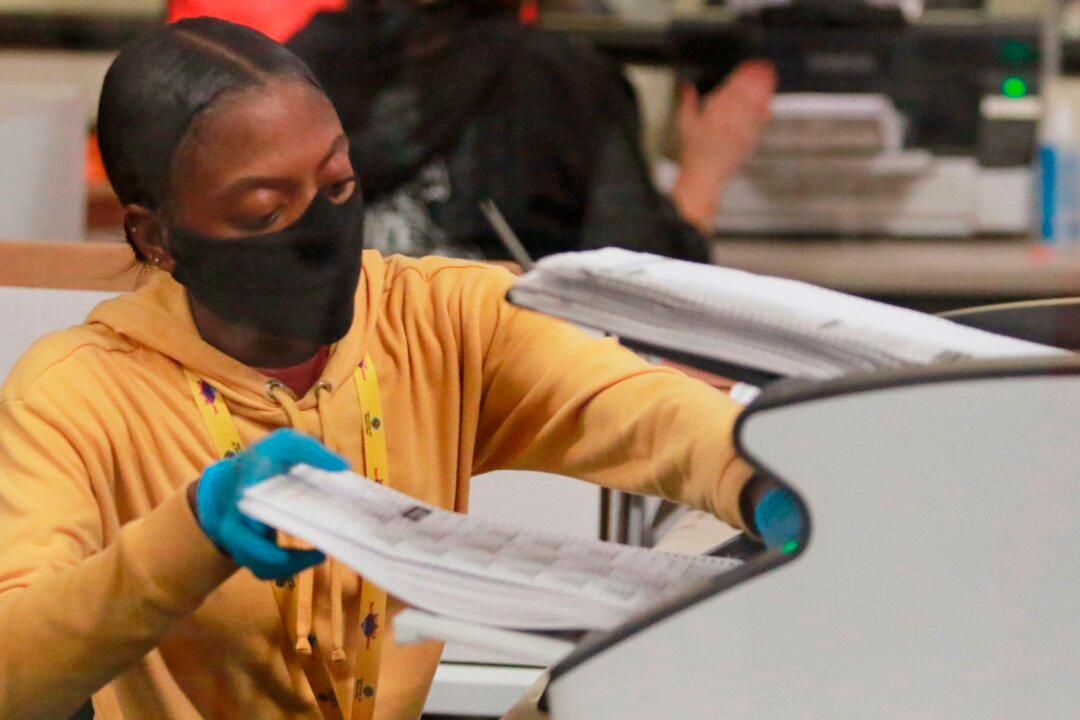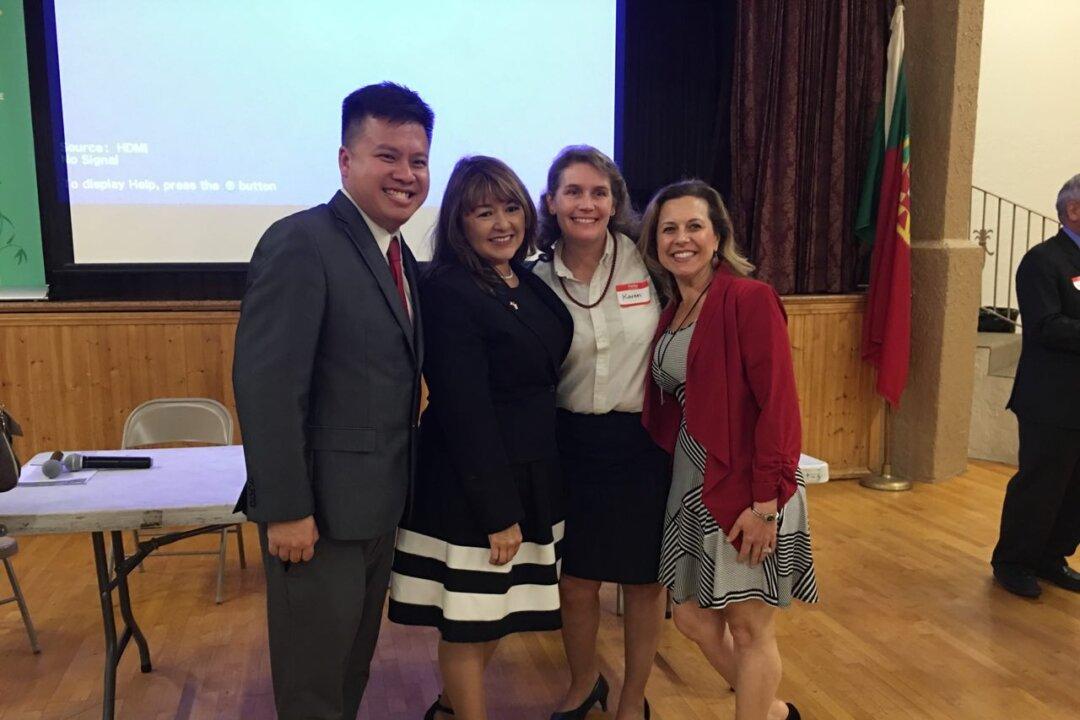Local organizations from the Greater Los Angeles plan to use shipping containers to provide showers for the homeless, it was announced in Garden Grove, Calif. on Sept. 16.
Supporters of the initiative said it would help raise homeless people’s self-esteem and also help them get job interviews.




